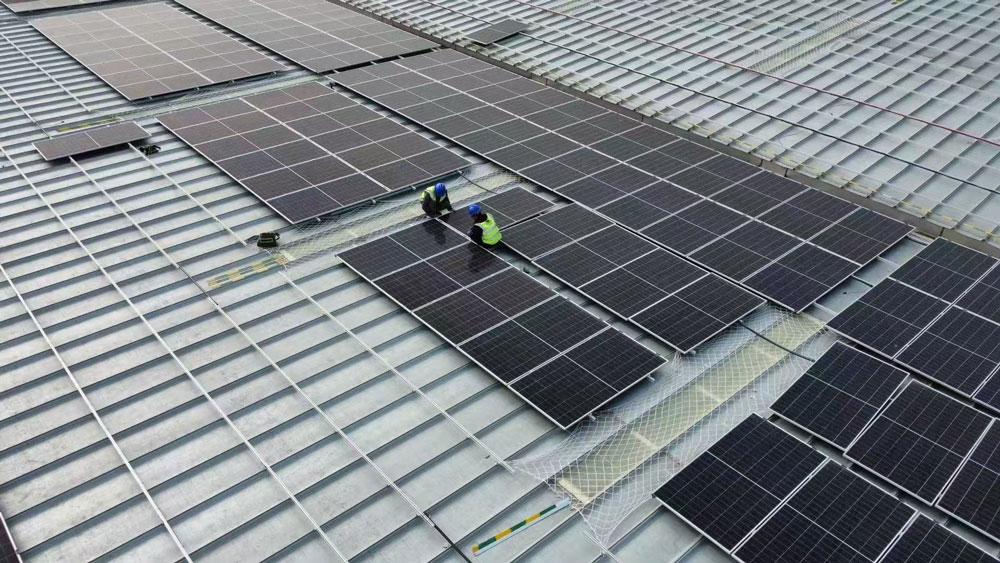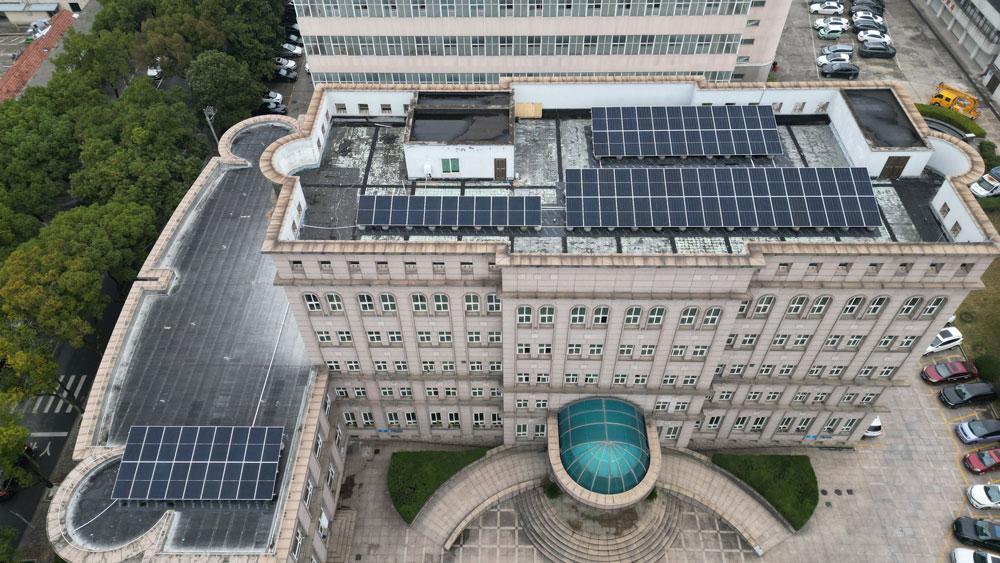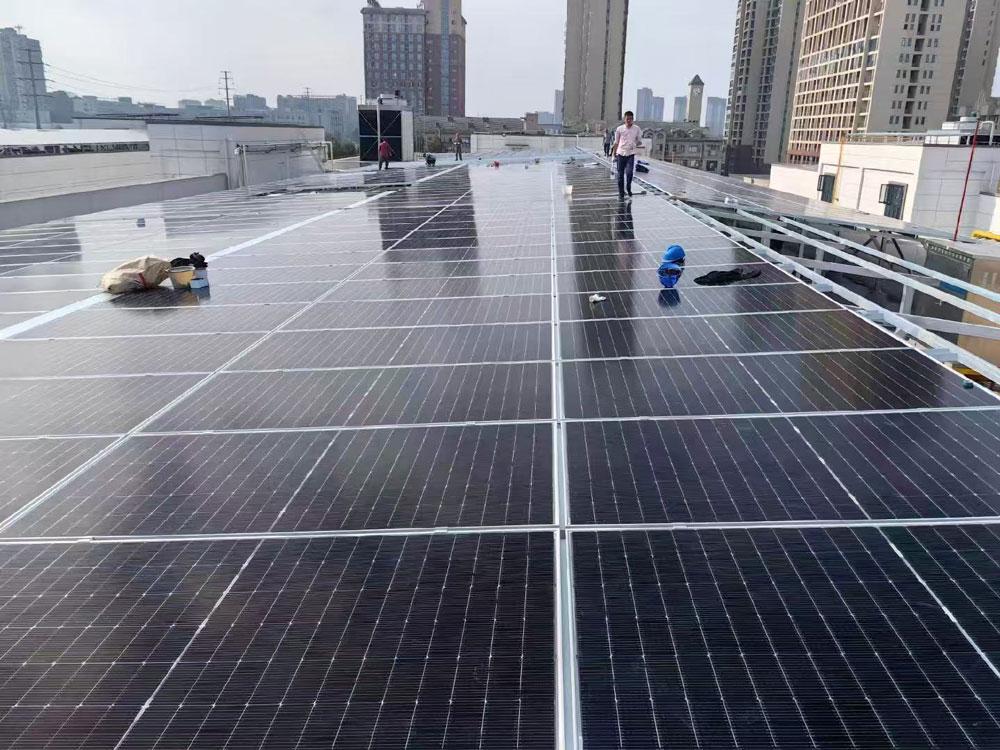What is an EMC contract for a solar power plant?
What is the EMC Contract Model?
For many commercial and industrial enterprises, installing a solar PV power station seems like a great idea—it saves on electricity costs, reduces carbon emissions, comes with policy support, and enhances green credentials.
But what truly captures attention is this promise: "No upfront investment from you. We fund and build the solar PV system, and you enjoy the savings on electricity."
This is the essence of the Energy Management Contract (EMC) model. A professional investor covers the costs of constructing the solar power station, and the enterprise purchases green electricity at an agreed-upon rate.

What Are the Types of EMC Models?
1. Guaranteed Savings Model
The Energy Service Company (ESCO) guarantees a specific level of energy savings for the energy user. If the target is not met, the ESCO covers the shortfall. This model is suitable for shorter-term projects, with project ownership and energy savings retained by the energy user.
2. Shared Savings Model
The ESCO handles all project investments and implementation, including energy audits, equipment procurement, and construction. During the contract period, both parties share the energy savings according to a pre-agreed ratio. Upon contract expiration, the energy-saving equipment and all subsequent savings belong to the energy user. This is the most common model and often qualifies for financial incentives.
3. Energy Cost Trusteeship Model
The ESCO manages the operation, maintenance, and energy-saving upgrades of the energy system. The energy user pays a predetermined energy trusteeship fee. After the contract term, the energy-saving equipment is transferred to the energy user at no cost, and all future savings are retained by them.
4. Financial Leasing Model
The ESCO or energy user acquires energy-saving equipment through financial leasing. The lessor retains ownership during the lease period, while the energy user pays rent and has the option to purchase the equipment at the end of the lease.
5. Hybrid Model
This model combines elements of the above approaches, tailored to project needs. For example, a single project might integrate shared savings, guaranteed savings, and energy cost trusteeship. This is commonly used in industrial park projects.

What Are the Advantages of the EMC Model?
For Property Owners (Energy Users):
1. Zero upfront investment in building the power station, preserving cash flow.
2. Long-term locked-in low electricity rates, typically ¥0.1–0.3 per kWh cheaper.
3. Enhanced green image plus additional benefits like roof insulation and cooling.
4. Reduced reliance on grid electricity, improving power stability.
For Investors:
1. Low risk and high returns with stable contract cycles and predictable paybacks.
2. Green finance-friendly, facilitating access to carbon assets and ESG credits.
3. Retained management rights without transferring ownership (as stipulated in the contract).

What Are the Risks of EMC Contracts?
1. Electricity rate disputes: Vague discount rates or lack of adjustment mechanisms.
2. Roof renovations: Damage to PV equipment due to uncoordinated roof repairs or construction.
3. Changes in roof ownership: Contract breaches due to enterprise bankruptcy or ownership transfers.
4. Delayed electricity payments: Users may withhold payments under the assumption that "it’s your power station."
5. Unclear exit mechanisms: Difficulty terminating contracts early due to incomplete clauses.
Key clauses to prioritize in contracts:
1. Electricity pricing mechanism: Is it fixed or variable? How is it linked to local commercial electricity rates?
2. Revenue sharing: Are adjustments made annually? What billing metrics serve as the settlement basis?
3. Handling changes in roof ownership: How does the contract remain valid if ownership changes?
4. Early termination terms: Is compensation required? Who handles asset disposal?
5. Roof maintenance coordination: Who is responsible for equipment protection? How are roof renovation risks mitigated?